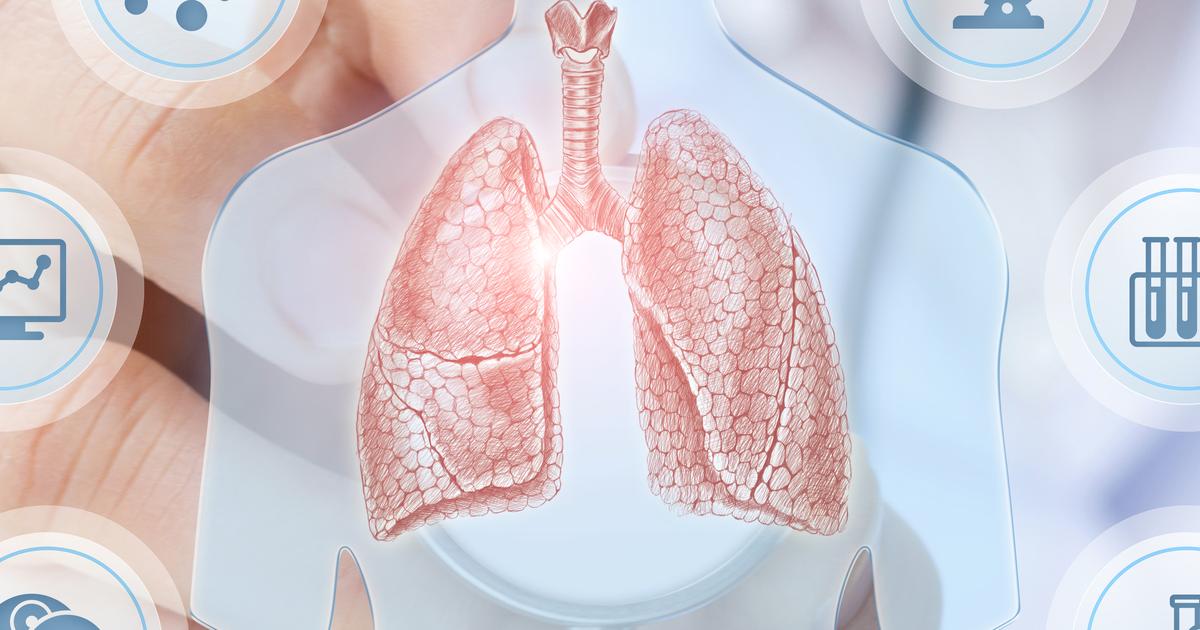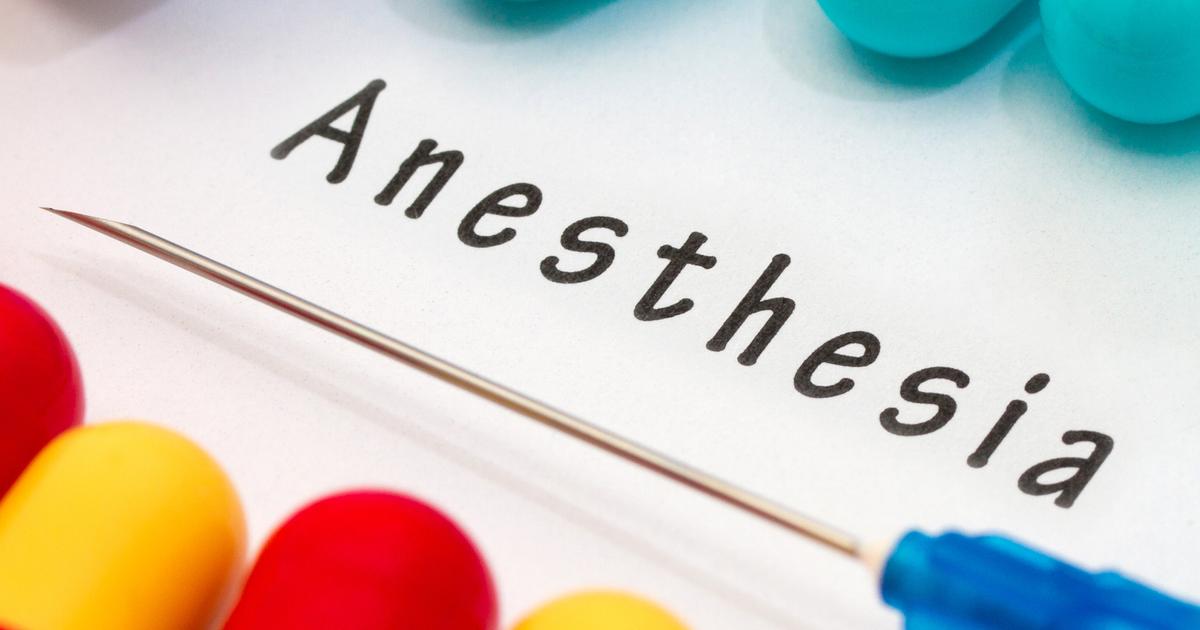Risks Associated With Endotracheal Intubation
Endotracheal intubation is an emergency procedure needed when an individual is unable to breathe on their own or is unconscious. Endotracheal intubation stops the individual from experiencing suffocation and keeps their airway open. The trachea (windpipe) is a structure that runs from the throat to the lungs, serving as a path for oxygen. An individual's trachea stretches down to behind their sternum or breastbone and divides into two tubes referred to as the bronchi. Endotracheal intubation is performed when an individual is undergoing a major surgical procedure to ensure oxygen delivery while being operated on. It is also used in individuals who have to be placed under heavy sedation or in a medically induced coma so they can recover from a serious illness or injury. Most individuals who have endotracheal intubation tolerate it well, but it does carry some risks.
Get familiar with these risks now.
Risks Related To Anesthesia
When an individual has endotracheal intubation performed, they are almost always sedated with anesthesia for the tube insertion or are intubated because they will be under general anesthesia. Anesthesia is required for endotracheal intubation so the patient does not feel the tube being inserted. General anesthesia does not usually produce any problems in healthy individuals, but complications do occur in some cases. Patients who have had previous chronic problems with vital organs like their heart, lungs, or kidneys are at an increased risk of having anesthesia complications. Individuals who have sleep apnea, drink alcohol frequently, have allergies to certain foods, family or personal history of anesthesia reactions, have allergies to certain drugs, a history of seizures, have diabetes, and smoke frequently are also more likely to experience complications with anesthesia while undergoing endotracheal intubation. Possible complications that can occur from the use of general anesthesia for any type of surgical procedure include lung infections, a stroke, temporary mental confusion, heart attack, and death.
Continue reading about the risks associated with endotracheal intubation now.
Lung Injury

The physician who performs the patient's endotracheal intubation is responsible for choosing the correctly sized equipment to minimize injury to all of the patient's body structures that are involved. They are also responsible for making sure the tubes do not become kinked while in the patient's airways and the tube makes it to the correct place in the airway. Sometimes the tube can be misplaced in the right mainstem bronchus, which causes the left lung to collapse due to the lack of enough air in the tissues to maintain its structure. Another lung complication associated with endotracheal intubation is referred to as barotrauma, which occurs when endotracheal intubation is combined with mechanical ventilation. Sometimes the air sacs in the patient's lungs can rupture from a rapid pressure change, and the air from the ventilator can enter the patient's pleural space. This condition is called pneumothorax, which injures the lung further and causes other severe complications.
Uncover more information on endotracheal intubation risks now.
